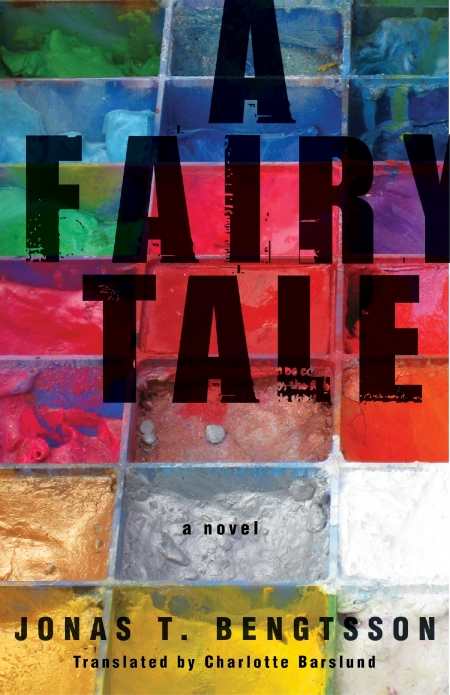A Fairy Tale
A search for identity through storytelling and an adoption of parental values bring an air of universality to the story of this young narrator.
In a mash-up of film noir, fairy tale, and bildungsroman, Danish author Jonas T. Bengtsson’s A Fairy Tale traces the unusual and occasionally horrific journey of a boy and his father. Deftly narrated from the child’s point of view, the book takes on the power of myth. Themes touching on the artist/other in society, loss of innocence, abandonment, and the search for identity are subtly woven throughout. The surprise ending is one that, in retrospect, seems predestined.
The narrator is six years old in 1986 and has started to notice that his life is not normal. He and his father move from place to place, and their odd lifestyle, elaborated upon by the child’s imagination, conjures fairy-tale-like imagery. At one point, their landlady is an old woman with a disfigured face, in a house where doors open to rooms filled with antlers, mirrors, and butterflies. Nightly, the father narrates the boy’s bedtime story, a continuing tale about a king and a prince who must find the White Queen and kill her to lift a curse. But they have to watch out for the White Men, the queen’s helpers. The father continually reminds the boy to “keep an eye out for the White Men.”
The one constant in the boy’s life is his drawing. He draws to capture his experiences and tame them. He draws the monsters that the White Men turn into before they tear your head off, the giant frog that takes the king and prince across the lake, and the people in the strip club where his father works for a time.
As in many fairy tales, the father and the boy remain unnamed for most of the book, lending an air of universality to the story. We’re not reading about a certain boy and a certain father. We are reading a larger tale of all parents who fall short, all children who feel lost.
The first half of the book is told from the child’s point of view in the present tense—a difficult challenge that Bengtsson handles masterfully. The voice is consistent and childlike, and the narrative broken up into a series of short scenes, such as one might expect in keeping with the attention span of a child. In the second half of the book, the narrator struggles to fit in, and so, like many fairy-tale characters before him, he starts out on a quest—a quest to come to terms with his father and create his own identity. Along the journey, he finds his own way to defeat the White Men.
Reviewed by
Karen Mulvahill
Disclosure: This article is not an endorsement, but a review. The publisher of this book provided free copies of the book to have their book reviewed by a professional reviewer. No fee was paid by the publisher for this review. Foreword Reviews only recommends books that we love. Foreword Magazine, Inc. is disclosing this in accordance with the Federal Trade Commission’s 16 CFR, Part 255.

